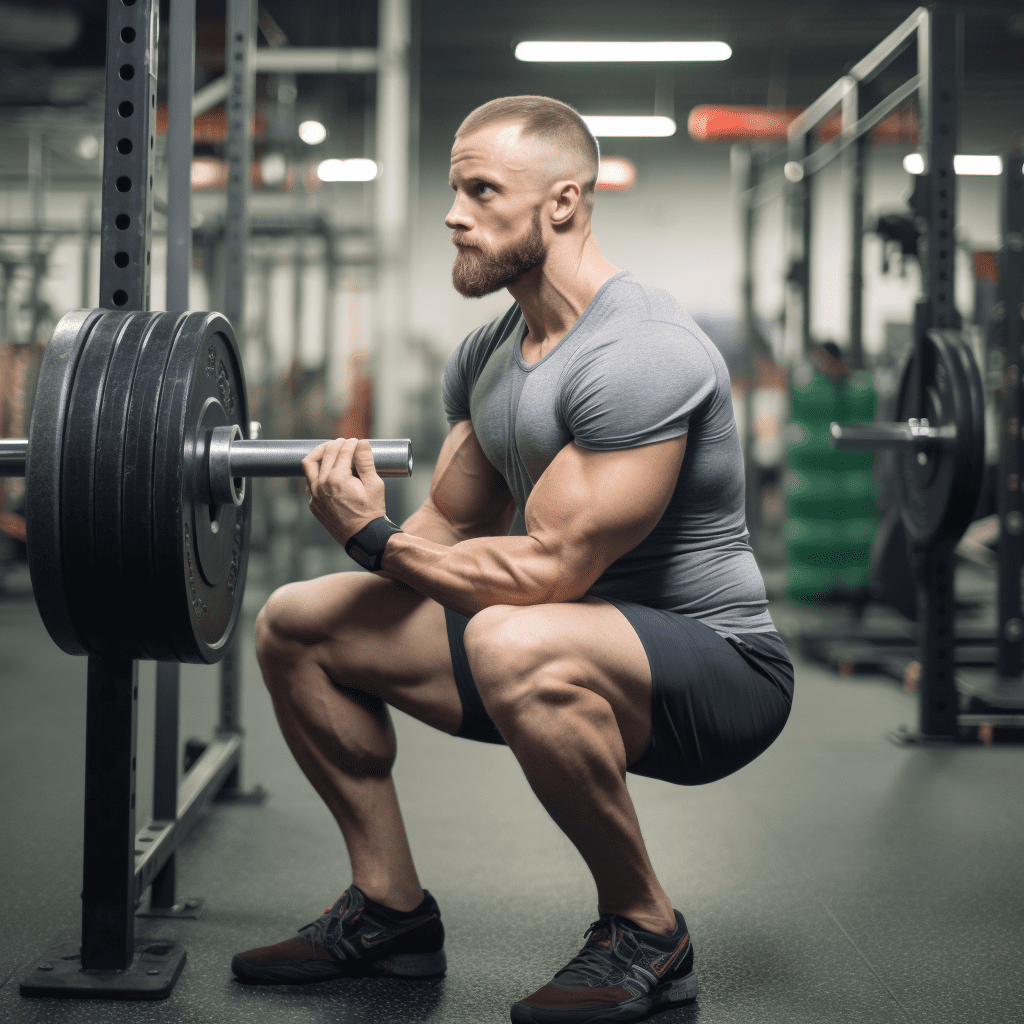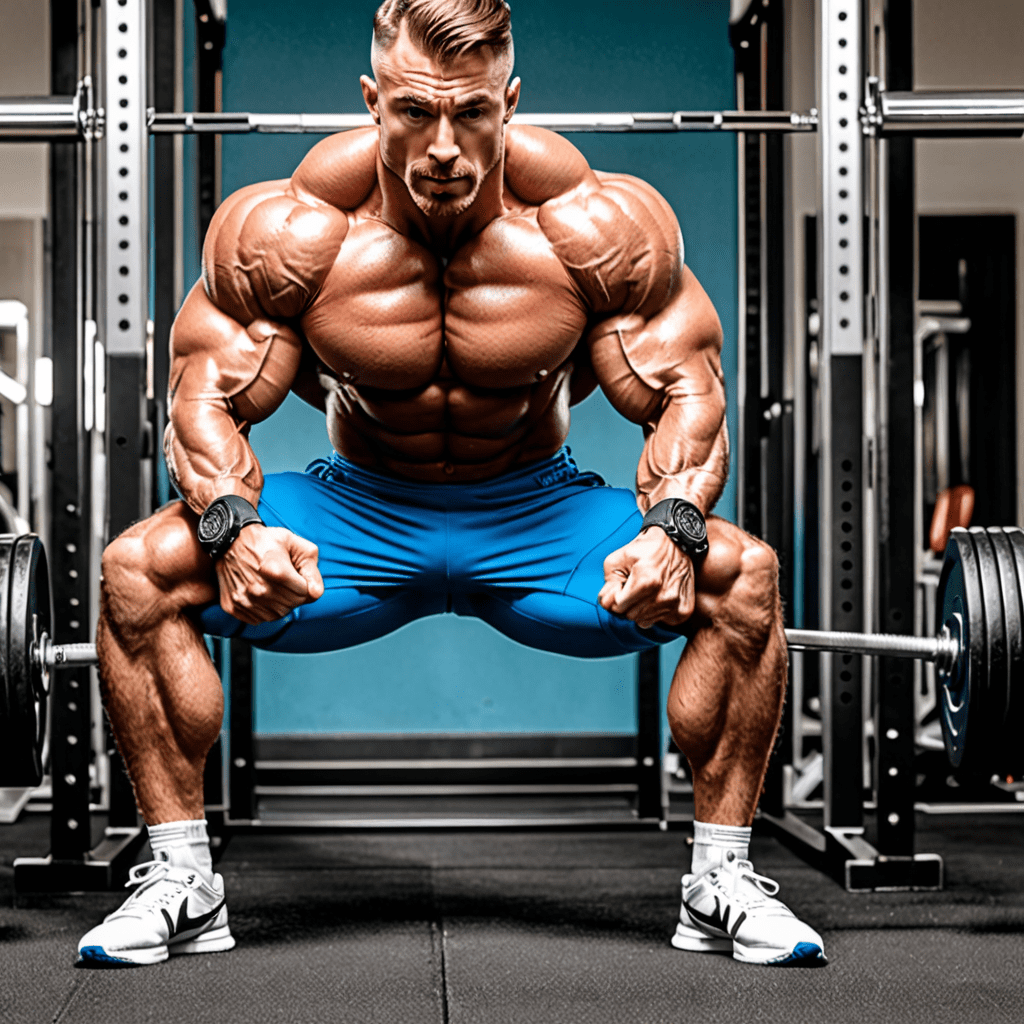
How Low Should You Go on a Squat?
When it comes to performing squats, one common question that often arises is, “how low should you go?” The depth of your squat can have a significant impact on the effectiveness of the exercise and the potential benefits you can gain from it. In this article, we will delve deeper into this topic and explore the optimal range of motion for squats.
Understanding the Squat Exercise
Before diving into the ideal depth for squats, it’s crucial to understand the essence of the exercise. Squats are a compound movement that primarily targets the muscles in your lower body, including the quadriceps, hamstrings, and glutes. They also engage your core muscles, providing stability and strength throughout the movement.
The Importance of Depth
The depth of your squat determines the level of muscle recruitment and activation. Going deeper into the squat allows for a greater range of motion, activating more muscles and promoting overall lower body strength and development. However, it is essential to find a balance, as going too low can lead to improper form and increased risk of injury.
Breaking Parallel
When discussing squat depth, you may often hear the term “breaking parallel.” This refers to bringing your hips below the level of your knees during the squat movement. Achieving this depth ensures that you are engaging your muscles fully and reaping the maximum benefits.
Finding Your Ideal Depth
The ideal squat depth varies from person to person based on factors such as individual range of motion, flexibility, and strength. It is crucial to listen to your body and prioritize proper form over chasing depth. Starting with a shallower squat and gradually working your way deeper is recommended to avoid strain or injury.
Factors Influencing Depth
Several factors can influence how low you can go on a squat. These include:
#1: Mobility and Flexibility
The range of motion in your hips, ankles, and spine play a crucial role in determining your squat depth. If you have limited mobility or flexibility in these areas, reaching deep squats may be challenging. Regular stretching and mobility exercises can help improve your flexibility and increase your squat depth.
#2: Individual Anatomy
Each person’s body structure is unique, and some individuals may find it easier to achieve a deep squat than others. Factors such as limb length and joint structure can affect how low you can comfortably go without compromising your form.
#3: Training Goals
The depth at which you perform squats can also depend on your specific training goals. Powerlifters and strength athletes often focus on achieving a parallel squat to meet competition standards. On the other hand, individuals looking to build muscle or work on overall mobility may benefit from going deeper into their squats.
FAQ
#1: Can I squat below parallel?
Yes, squatting below parallel is generally safe and beneficial for most individuals. It allows for deeper muscle engagement and activates the posterior chain, promoting overall lower body strength and development. However, it is crucial to have proper form and gradually work towards this depth to avoid injury.
#2: Will squatting low hurt my knees?
When performed with proper technique and alignment, squatting low should not cause knee pain or injury. However, individuals with pre-existing knee issues or limited mobility should consult with a healthcare professional before attempting deep squats. It is important to ensure your knees track in line with your toes and that you maintain a stable and balanced position throughout the movement.
#3: How can I improve my squat depth?
To improve your squat depth, you can incorporate various mobility and flexibility exercises into your training routine. Focus on stretches that target your hips, ankles, and spine. Additionally, practicing proper squat form and gradually increasing your range of motion over time can also help improve your depth.
#4: What should I do if I cannot squat low?
If you find it challenging to squat low due to limited mobility or flexibility, there are several modifications you can try. Elevating your heels with weightlifting shoes or adding support under your heels can help improve ankle mobility. Additionally, incorporating accessory exercises that target the muscles involved in the squat, such as lunges and box squats, can gradually improve your overall squat depth.
#5: Should I always aim for maximum depth in my squats?
While deep squats can be beneficial, it is not always necessary to aim for maximum depth. It is essential to prioritize proper form and listen to your body’s limits. Going too low without the necessary mobility or strength can compromise your form and increase the risk of injury. Find a depth that allows you to perform the movement safely and effectively, gradually working towards deeper squats as your mobility and strength improve.
In conclusion, the depth at which you should squat depends on various factors, including mobility, flexibility, anatomy, and training goals. Finding your ideal depth and gradually working towards deeper squats can help you maximize the benefits of this compound exercise while minimizing the risk of injury. Remember to prioritize proper form and consult with a professional if you have any concerns or limitations. Happy squatting!


